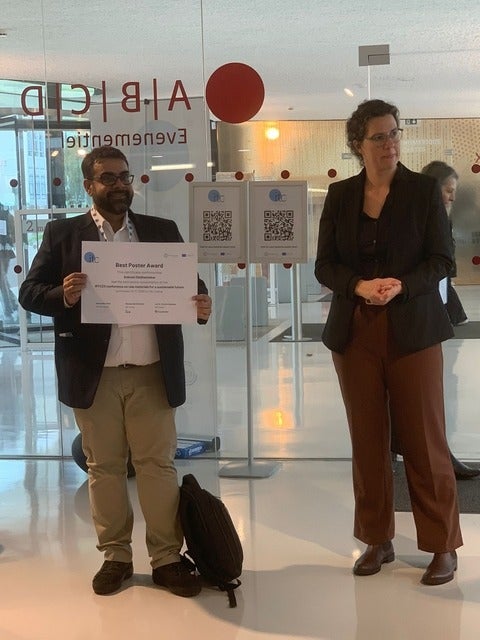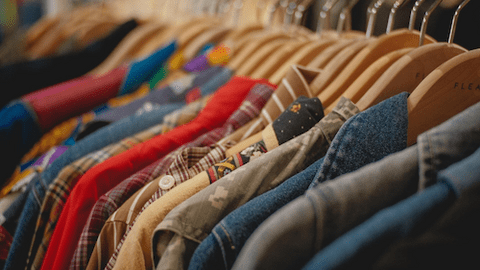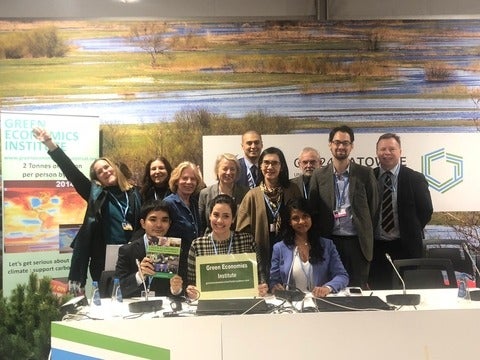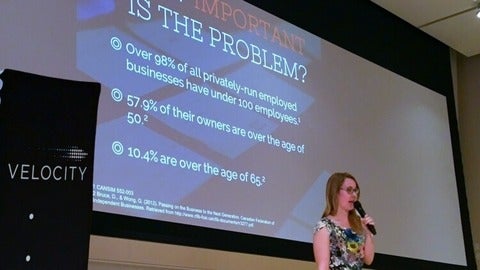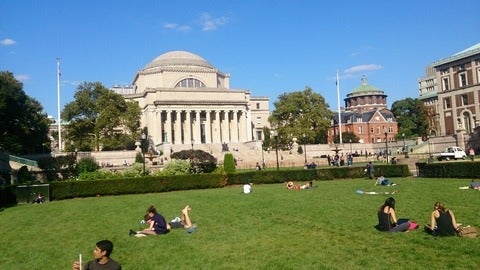Recent Publications from SEED supervisors and their students
The combined efforts of supervisors, post-doctoral fellows and research students, have produced the following publications:
Sabine Weber, Olaf Weber, Komal Habib, & Goretty Dias. (2023). Textile waste in Ontario, Canada: Opportunities for reuse and recycling. Resources, Conservation and Recycling, 190, 106835.
Rosella Carè, & Olaf Weber. (2023). How much finance is in climate finance? A bibliometric review, critiques, and future research directions. Research in International Business and Finance, 64, 101886.
Francisco Martin del Campo; Simron Singh; Tomer Fishman; Michael Drescher; Can a small island nation build resilience? The significance of resource‐use patterns and socio‐metabolic risks in The Bahamas. January 2023, Journal of Industrial Ecology DOI: 10.1111/jiec.13369
Adam Payler; Anthony Piscitelli; Sean Geobey Navigating the space between politics and administration: The informal practices of Ontario school board trustees; February 2023, Canadian Public Administration; DOI: 10.1111/capa.12513
Larry Swatuk; Corrine Cash, Toward Just and Effective Climate Action. October 2022, DOI: 10.1007/978-3-031-12619-2_10; In book: "The Political Economy of Climate Finance: Lessons from International Development"
Corrine Cash; Larry Swatuk; Climate Finance: Lessons from Development Finance; October 2022, DOI: 10.1007/978-3-031-12619-2_1; In book: "The Political Economy of Climate Finance: Lessons from International Development"
Anne-France Bolay; Anders Bjørn; Olaf Weber; Manuele Margni; Prospective sectoral GHG benchmarks based on corporate climate mitigation targets; September 2022, Journal of Cleaner Production 376:134220, DOI: 10.1016/j.jclepro.2022.134220
Sadaf Mollaei; Leia M. Minaker; Derek T. Robinson; Goretty M. Dias; Including sustainability factors in the derivation of eater profiles of young adults in Canada; October 2022, British Food Journal; DOI: 10.1108/BFJ-06-2022-0476
Chris Gouett-Hanna; Greg Oulahen; Daniel Henstra; Jason Thistlethwaite; Flood risk assessment data access and equity in Metro Vancouver; September 2022, Canadian Water Resources Journal 47(1):1-14, DOI: 10.1080/07011784.2022.2122083

